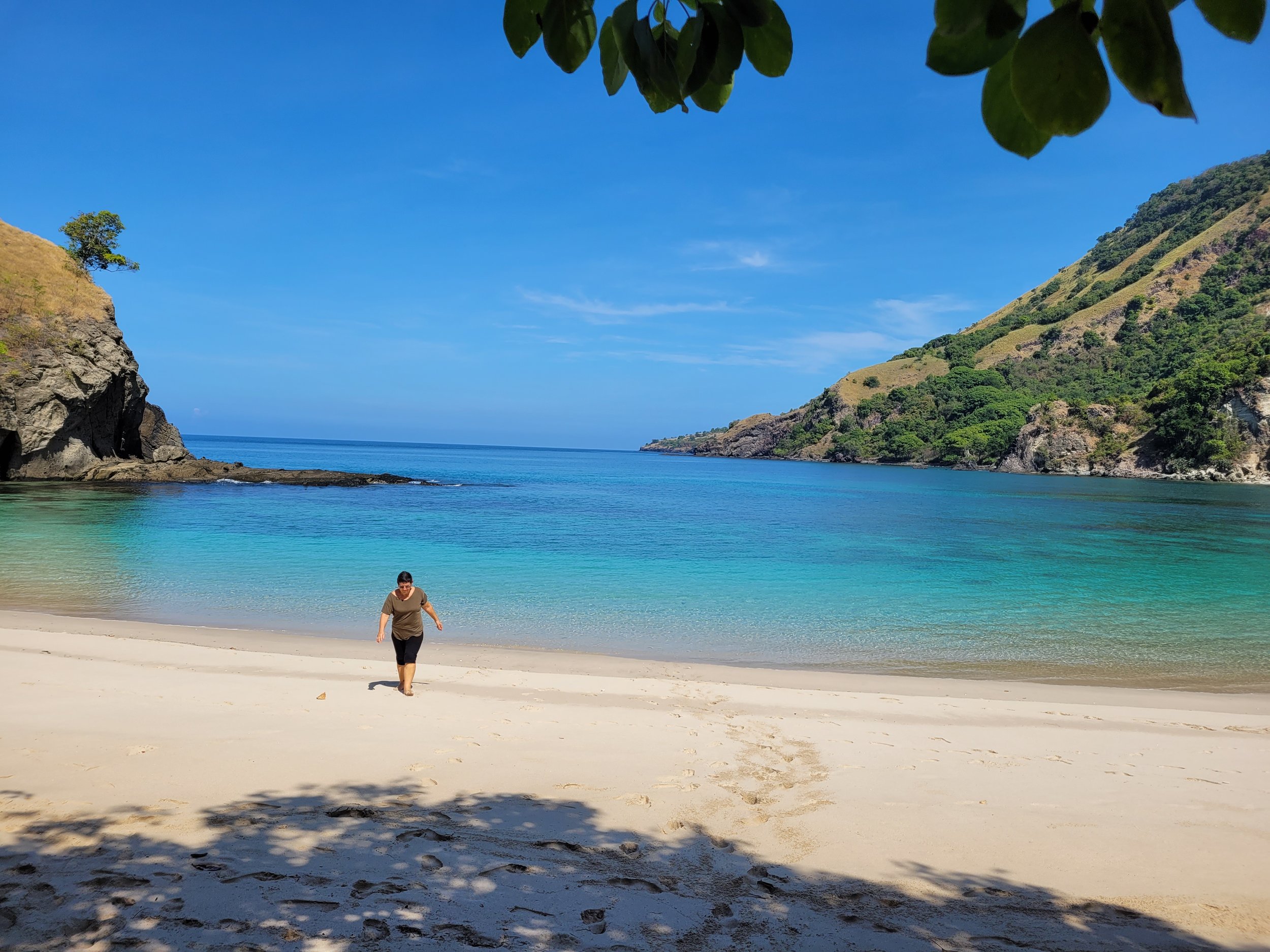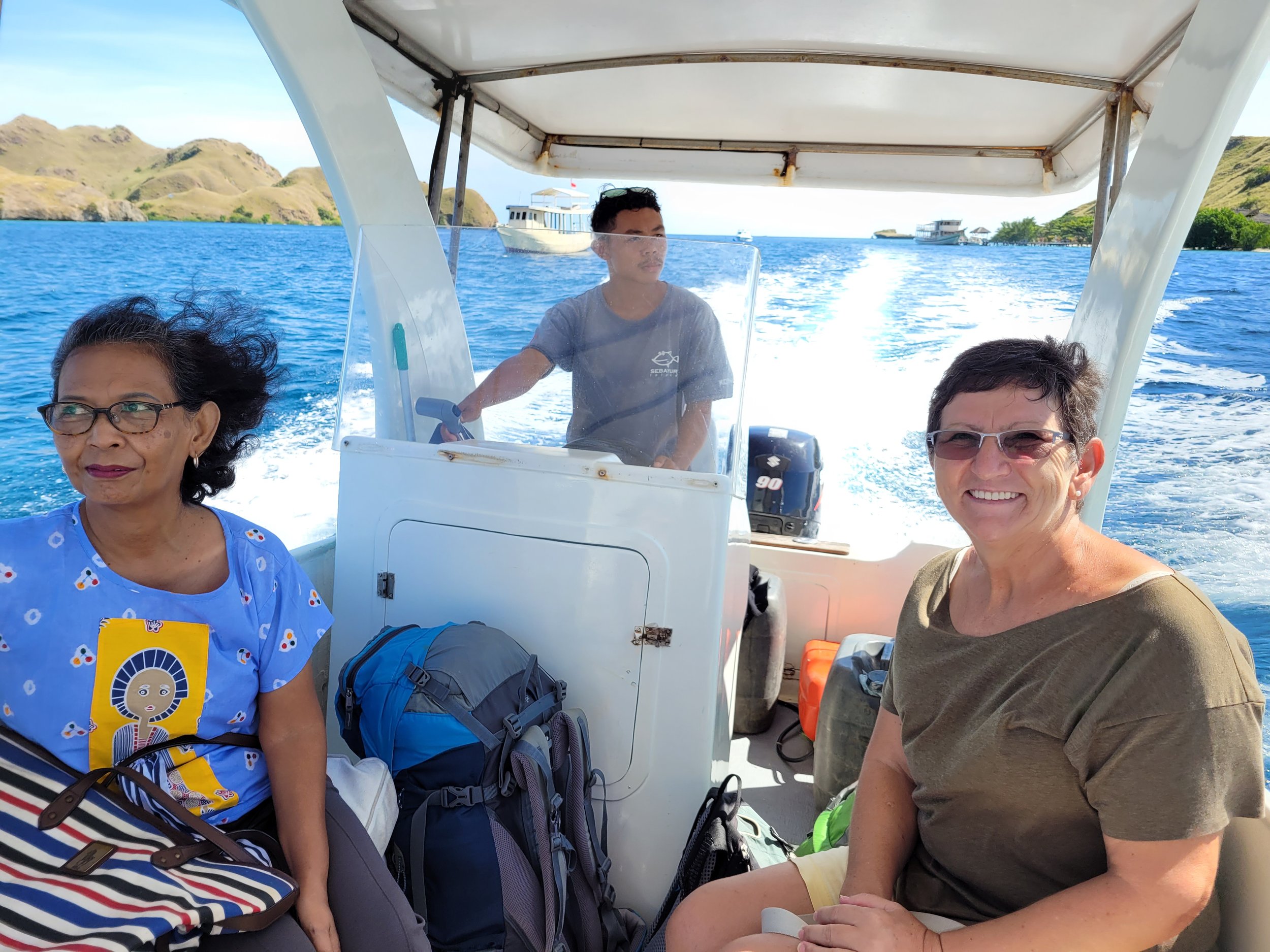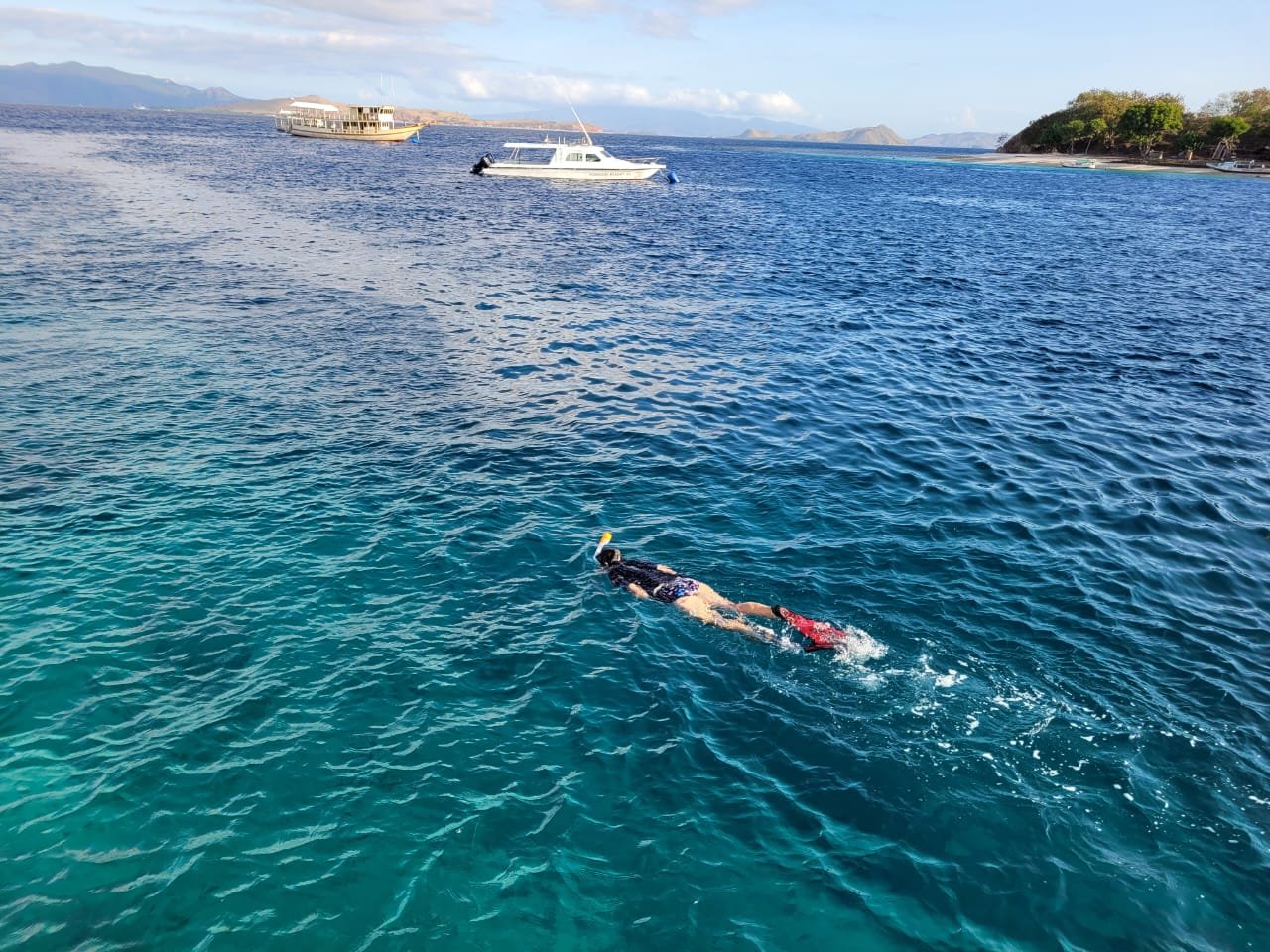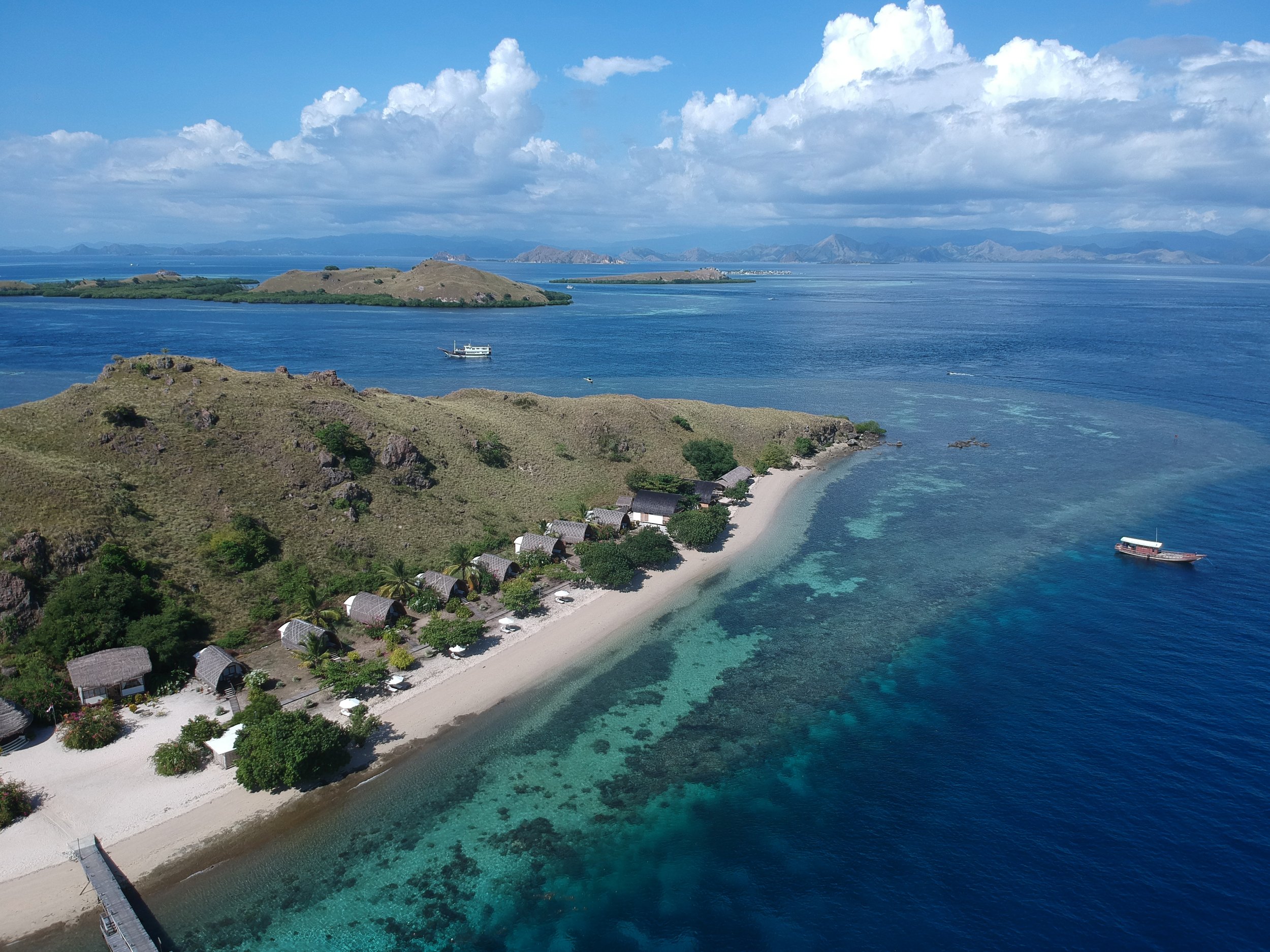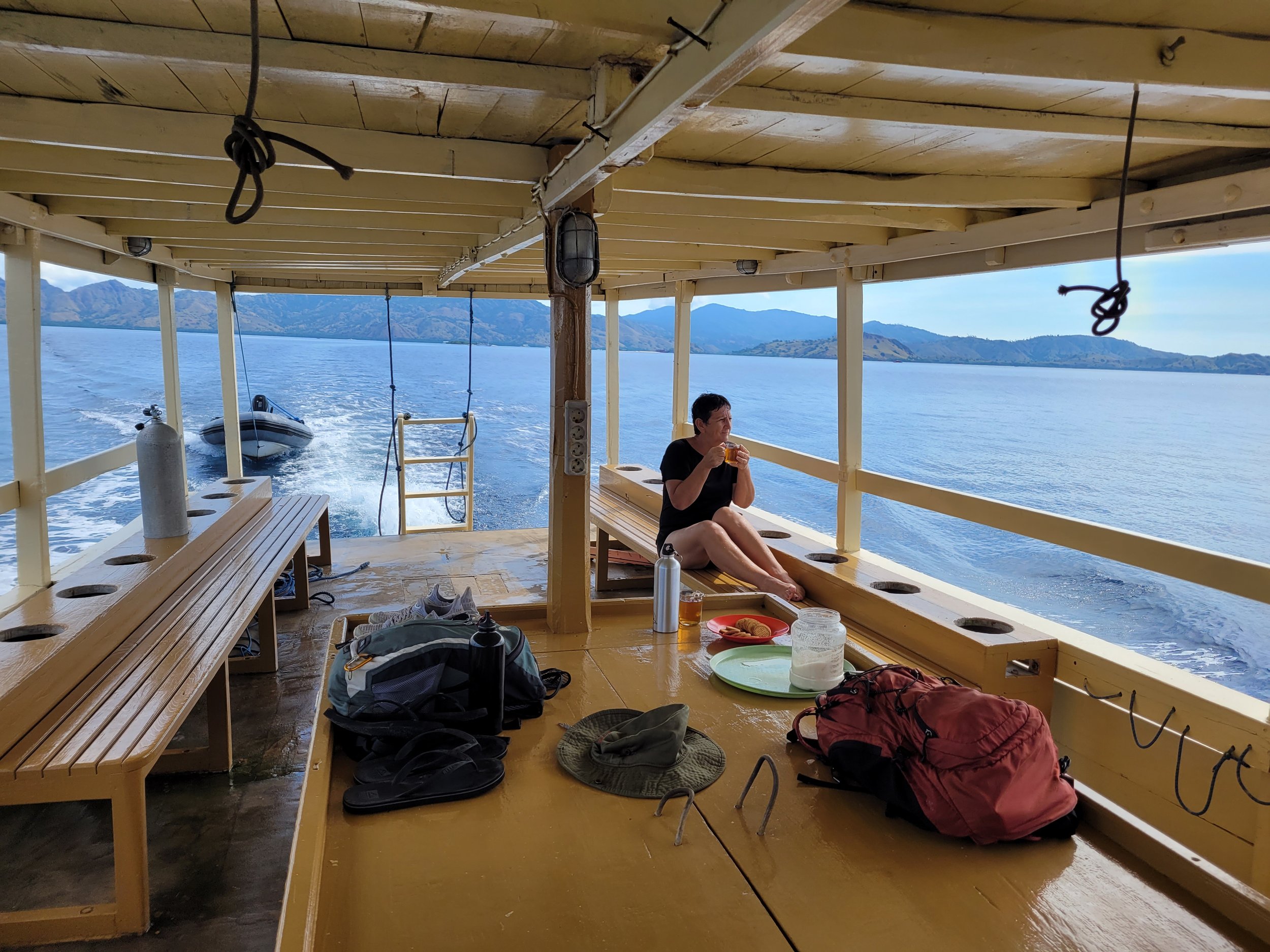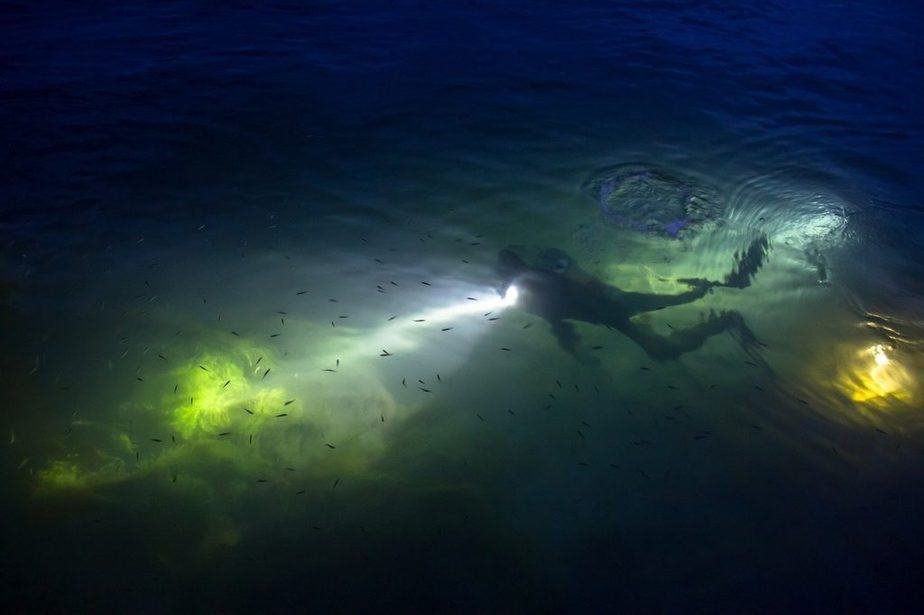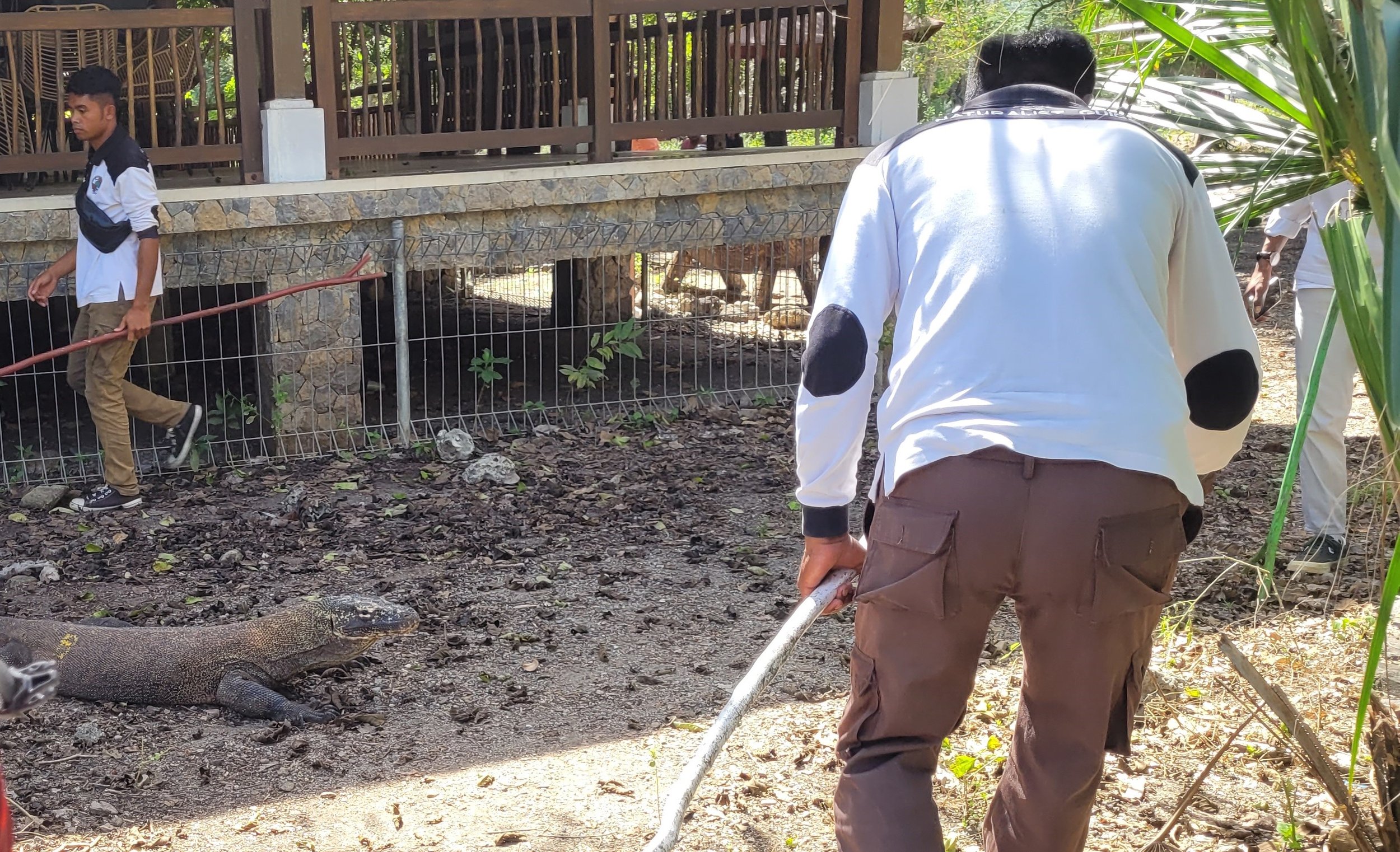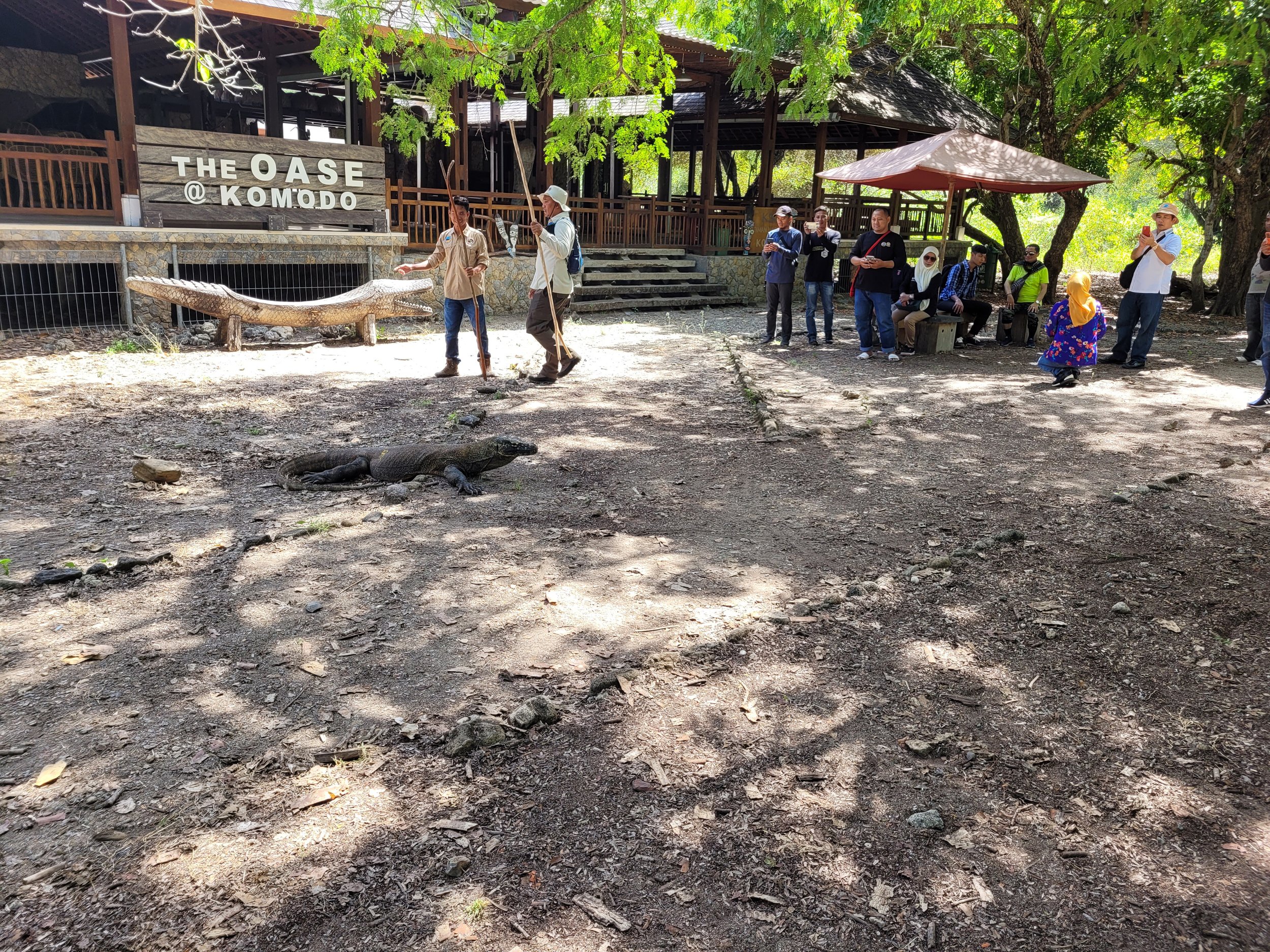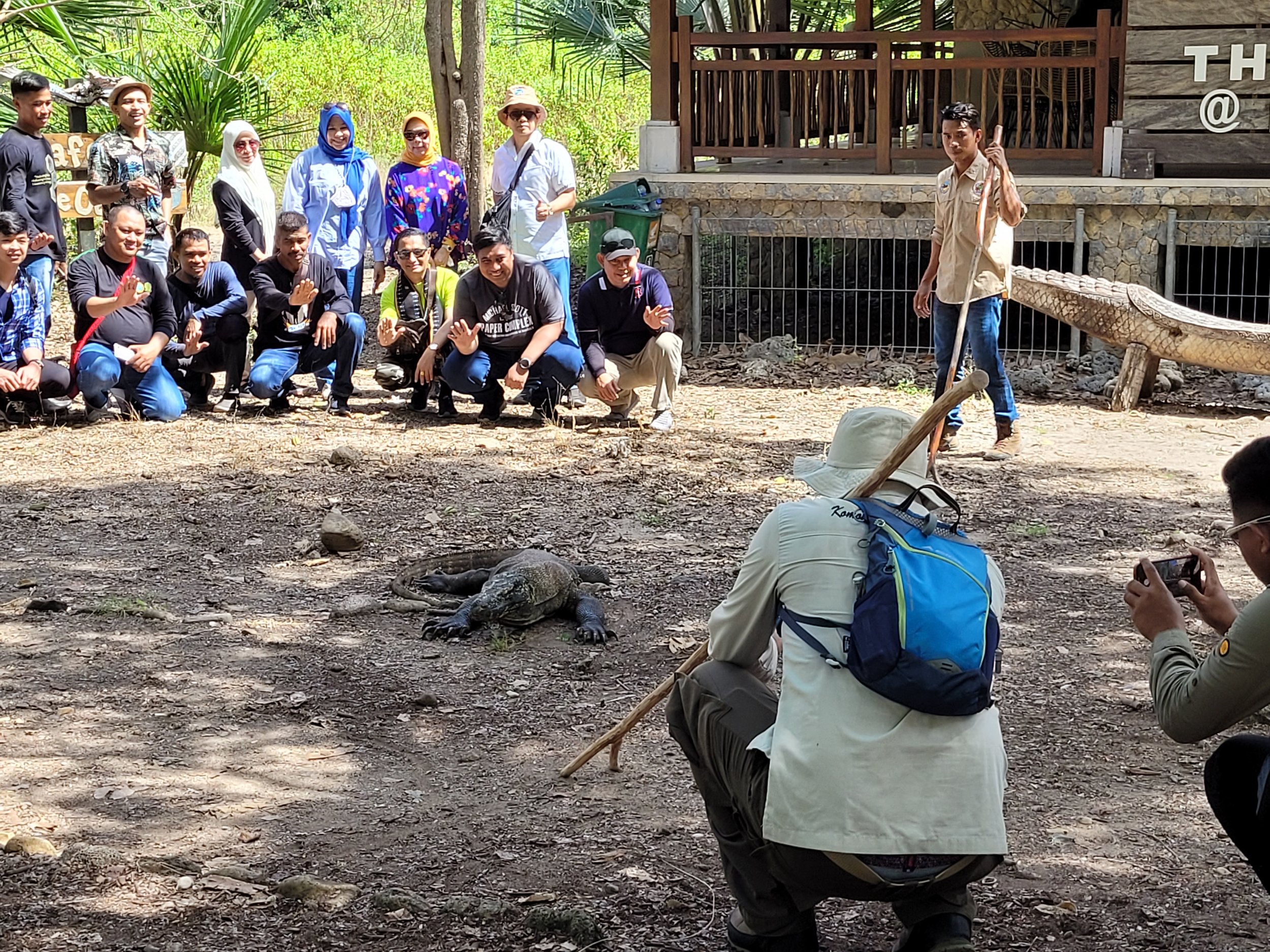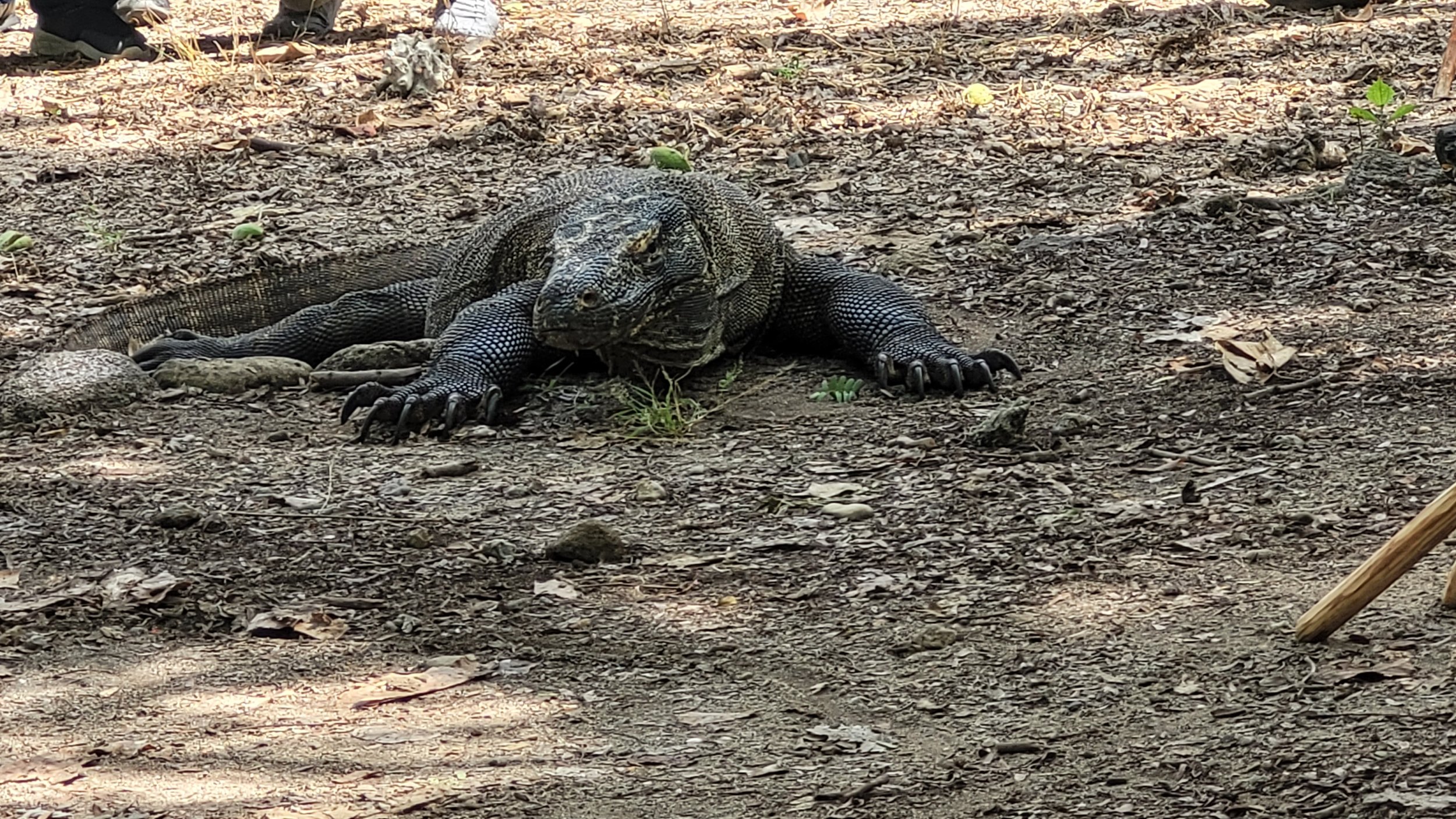Flores is part of a volcanic belt which stretches from Sumatra through Java and Bali to the Banda Sea in Indonesia. More than 17 volcanoes lie on this mountainous and rainforest covered island. The starting point for our road trip through Flores was the coastal village of Maumere. One reason Francien and I travel to these of-the-beaten-path destinations is to learn and better understand them. But did we do that on this trip?
So on we went. Together with our guide Dino we travelled on the only road connecting the east and west sides of the island. Ahead of us, 500 kilometers narrow winding and at times steep tarmac, cutting through dense rainforest. We slept in budget accommodations, mostly as only guests as the tourists have not come back yet after the pandemic. The desa’s (= villages) we passed were tiny. Moni, on the slopes of the Kelimutu volcano, had some guesthouses, a supermarket, a church and mosque, a few eateries and even a petrol station. In the scruffy town of Bajawa it seemed they switch the light off after 8 pm. In Ruteng we checked into the Santa Maria Berduka Cita convent. Its humble decorations and off-white walls, only a small crucifix on the wall and a bible in the drawer, reminded us that this was a community of religious sisters. Before dawn we woke up by the singing of the nuns in their chapel.
Labuan Bajo was the liveliest town we passed through, as it is the gateway to the Komodo Dragon National Park. From here we took the boat to the Komodo Islands.
On our way to the Inerie volcano (2245 mtr) in the back ground
Kelimutu volcano (1640 mtr). The volcanic gases coming from deep inside the earth make the colours of the water change every couple of months
A man climbing a palmtree to harvest its fruits
With Alfonso in front of his guesthouse ‘Happy Happy’ in Bajawa
The friendly sister showed us the room we stayed in for the night in the Santa Maria Berduka Cita convent, Ruteng
The priest greets the people as they leave the church after Sunday Mass, Moni
Public restroom/toilet
Labuan Bajo on the west-side of the island. Here we travelled by boat to the Komodo Islands
One of the first things we noticed were the many graves, with colourful images of Jesus and Maria, in front of the houses. Although 90% of population is Catholic, the majority of the people worship their ancestors and follow age-old pagan rituals. In Moni we woke up in the morning by the singing of people in the church across the road. The women wore their Sunday-best sarongs. The church was full and people sat even outside to listen to the priest. At the end of the service, clad in a white gown, he shook hands with the congregation as they left the church. Then the men, women and children all went home to make offerings to their deceased family members by putting food on their graves. At special occasions they would slaughter buffalo’s, cow and goats to please the pagan Gods. In the more traditional desa’s we saw buffalo horns hanging on their houses as proof of their sacrifices.
We saw four ethnic groups, speaking each a different language, having different traditions and worship their ancestors in different ways: the Manggarai, the Ngada, the Lio, the Sikkanese.
One day we followed Dino on foot into a Ngada desa, hidden in the mountains. A couple of minutes later, we stood amid houses made of thatch, bamboo and wood board, situated around large ceremonial platforms. There were ancestral stone altars and shrines, one was covered with the blood of sacrificed buffalo. We saw a few old women cleaning rice. They had teeth rotted and discoloured by betel nut. Others sat on their doorsteps weaving ikat, a local textile used to make traditional garments. But most locals were working on the fields and in the forest. We could only communicate with them via Dino who spoke their language. We chatted with some local people who earned a living as a tourist guide or sold those garments, still trying to cling to their pagan traditions. This ethnic group has a matriarchal society, where the women are the head of the families and clans. Much to our surprise, in one house a Catholic priest held regular Sunday Mass: directly next door, tombstones of deceased family members and offering places everywhere. Again, I was struck by this contradiction.
I sat next to Dino on one of the stone platforms in the middle of the square and asked him: ‘How can they be Catholic and practice ancestor worship, even black magic rituals?’.
‘We believe in both religions.’ he said in a dry tone.
Deceased family members are buried directly next to the houses
Ngada desa. Note the stone altars and shrines in the middle -Pictures taken with a drone-
Ngada desa surrounded by rainforest covert mountains. 120 people live in this village
Modernity is encroaching on these people. Note the hoodie of the man……
These women were playing Congkak, an ancient Middle Eastern game which spread to Asia through Arab traders
‘After my birth, my parents buried my umbilical cord in front of the house.
This will always help me to return to my roots.’ the man said
Buffalo skulls hang on the huts to show the offerings this family made for their ancestors
In this make-shift prayer room inside the Ngada desa a Catholic priest/missionary held Mass every Sunday
Inside the Ngada desa. It was very quiet, apart from the clucks of the chickens and the occasional bark of a camp dog
Nobody in the village knew exactly how old this woman was
We did not see any monkeys on this trip,
because the locals hunt and eat them
These Catholics traced their origins in part back to the Portuguese and the Malays of Malakka in the 17th century.
The Dutch colonized Flores thereafter for 300 years, but the only sign of that we saw was a plaque commemorating the completion of the east-west road we were traveling on by Dutch in 1925.
In the south coastal town of Ende we saw the house in which Soekarno, the first president of the Republic of Indonesia, was held under house arrest by the Dutch before independence. It is now a museum and we saw hundreds of local tourists admiring the place. MERDEKA ! (independence)
A plaque commemorating the completion of the Flores East - West road by the Dutch colonial government in 1925
The house (now a museum) in which Soekarno was kept in exile by the Dutch colonial government before the Indonesian Independence. MERDEKA!
One sweltering hot day we trekked through the jungle between Bena desa and Tololela, at the foot of the volcano Inerie (2245 mtr.). We saw bananas, papayas, mango, macadamia trees, vanilla, coconut, jackfruit, copra, wild lemongrass, nutmeg, ginger, cinnamon, cacao, coffee, clover, betel nut trees, ...... It seemed everything grows here on this fertile lava ground.
Removing the pods from the cacao beans
Francien smelt the sweet scent of vanille. We bought this vanille fresh from the tree, at a price 10% of the on-line price
This giant bamboo typically reaches a height of 30 meters. The tropical rainforest smells like a combination of moist vegetation, damp moss, decaying plants and wet soil
The Komodo National Park is a group of islands on the west coast of Flores and home to the biggest lizards on earth: the Komodo Dragons. An adult lizard can grow three meters long! It is found in the wild nowhere else other than in this cluster of islands. The islands are made up of rusty-red volcanic hills, savannah and forests. The waters are crystal clear and fortunately during three days of boating and snorkelling, we did see only a few plastic bottles and food wrappings floating around.
Between the many islands there are strong tidal currents, so while snorkelling we mostly drifted across colourful coral reefs and open ocean floors. We were alone and a dive-master kept an eye on us in his dingy in case we needed assistance. We were privileged to be swimming all by ourselves in what is regarded as one of the world's most spectacular marine parks. The corals with an abundance of fish, turtles, anemone, stingrays, Eagle Ray and much more were the best I had ever seen in my 19 years as a scuba diver. One evening we did night snorkelling. Staying close to our dive master and followed by a dinghy, we drifted along the coral reefs in pitch-black waters. At night most fish hide and sleep between the corals. Our torch-lights caught creatures like cuttlefish, needlefish, crabs, urchins and other nudibranchs. We saw a reef shark searching for its next meal. The corals open their polyps to feed at night, exposing foremost metallic-silver and red colours. After one hour the current pulled us away from the reef into the open sea. With our torchlights we signalled the dinghy to pick us up. Dare I say it: that was adventurous!
A local fisherman offered me living Black-Coral.
People poach this protected soft coral to make jewellery
and traditional Chinese medicine
But what drew us here was on the Komodo Island: it’s Dragons. After a two-hour boat ride, we arrived at the ranger station on the main island and mingled with other tourists. Many guides, holding long y-shaped sticks to keep the aggressive monitor lizards away, offered their services. It was the mating season, which meant the adult Dragons were up in mountains. It was therefore impossible to see them. We saw only two baby lizards (still one meter long). One medium size dragon (two meters long) was the photoshoot highlight of countless camera wielding Asian tourist. I suspect it was fed by the guides, but nobody would admit that. The guides even encouraged the people to take 'selfies'. The visitors thronging the place bring employment and income, supporting conservation and jobs here, but have washed away much that is special about this place. Stalls sold souvenirs, food snacks and local children sold little woodcraft dragon souvenirs on the jetty. The one-hour walk through dry forest was uneventful.
Alas, a disappointing case of over-tourism. No serious efforts were made to educate the visitors about the flora and fauna of this unique habitat. The majority of them most likely left the island with only some Instagram pictures. Honestly, we felt conflicted to be part of this.
This begs one question: how to give meaningful access for people to see these unique lizards without destroying their habitat. How do we move away from mass tourism to sustainable tourism?
Furthermore, reflecting back to our encounters with the traditional way of life of these ethnic groups, we question how long will these people still be able and willing to practice their traditions, rituals, religions and speak their own language? The government discourages them to bury their dead in their gardens, the Catholic church pushes them to abolish their pagan lifestyle and the younger generation has started to attend government schooling, making them move to big cities like Jakarta to find a better living. They are increasingly exposed to international tourists and we saw many having their own smartphones.
More questions than answers, but for sure it was a fascinating journey to a place which still is untouched and unspoiled.
At least for the time being.


